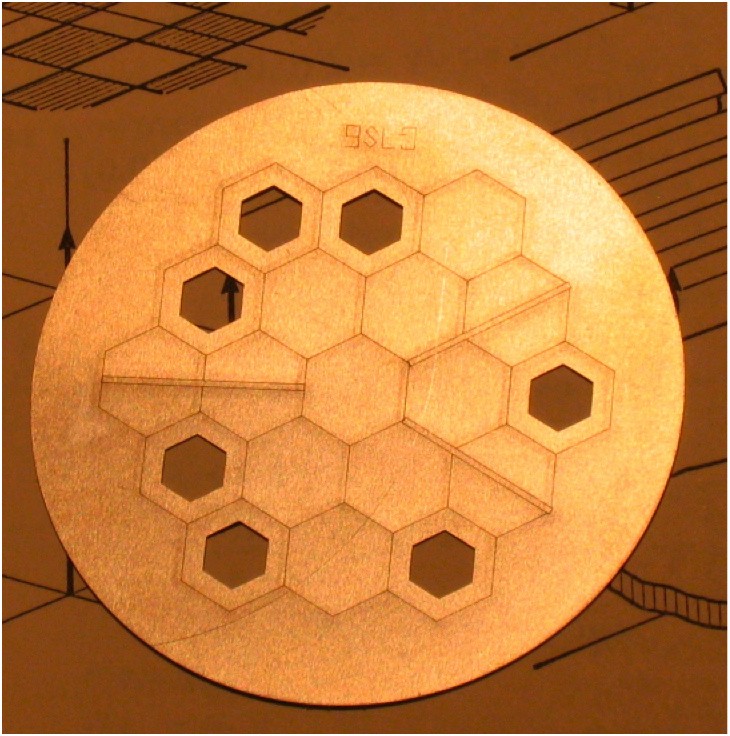NASA's James Webb Space Telescope is poised to capture crisp images of the universe. But before it takes off, it is still in the process of commissioning its 17 science instrument modes.
The space agency recently invited Nathalie Ouellette of the Université de Montréal to provide further information regarding the modes of the Near-Infrared Imager and Slitless Spectrograph (NIRISS) - Canada's scientific instrument aboard Webb.
Using near-infrared light with wavelengths up to 5.0 microns, Ouellette said that NIRISS would be able to record images and spectra from all kinds of astronomical objects.
To gather various types of data that are useful for specific targets and scientific goals, the NIRISS team has created four instrument modes.
1st Mode: Single Object Slitless Spectroscopy (SOSS)
The SOSS mode on NIRISS enables the Webb telescope to get increased-precision spectra from a single bright object at a time, according to Ouelette.

This mode is designed to conduct time-series investigations, which are excellent for examining phenomena that alter throughout observation for several hours. Oluette said this mode is ideal for an exoplanet crossing its host star.
The NIRISS instrument can gather a spectrum of an exoplanet's atmosphere and other characteristics using a method known as transit spectroscopy.
2nd Mode: Wide Field Slitless Spectroscopy (WFSS)
With NIRISS's WFSS mode, Webb may simultaneously gather spectra for thousands of space objects throughout the detector's complete field of view.
According to Oluette, the spectra of a thousand galaxies will make it possible to calculate their age, distance, and several qualities to understand their evolution.
Individual spectra may collide if their sources are too close together since NIRISS can receive so many spectra at once utilizing the WFSS mode.
"There are thus two orthogonal grisms, GR150C and GR150R, that can produce spectra horizontally and vertically, respectively, which helps to disentangle blended spectra from different galaxies," Oluette said in an interview with NASA.
Read also : NASA's James Webb Space Telescope Set to Release First Science-Quality Images of the Universe on July 12!
3rd Mode: Aperture Masking Interferometry (AMI)
Using interferometry, Webb will investigate celestial objects near one another with the NIRISS's AMI mode. Only a portion of the primary mirror's light can pass through the instrument due to a mask.

Only a portion of the primary mirror's light can pass through the instrument due to a mask. Astronomers can also double the telescope's resolution with the patterns created from the interference of light beams.
This makes two nearby objects that would typically appear as a single fuzzy point in a Webb image appear as two separate points of light.
Further, this mode will be used to look at brown dwarfs, exoplanets, and protoplanetary disks.
4th Mode: NIRISS Imaging
Oluette stated that NIRISS provides an imaging function that is an alternative to NIRCam imaging because near-infrared imaging is crucial to Webb's scientific performance.
She added that NIRCam and NIRISS could be employed in parallel to image a greater region of an extended source by concurrently capturing photos with two closely spaced lines of sight.
Related Article : NASA James Webb Telescope Captures Dazzlingly Sharp Image of a Galaxy
This article is owned by Tech Times
Written by Joaquin Victor Tacla
ⓒ 2025 TECHTIMES.com All rights reserved. Do not reproduce without permission.




